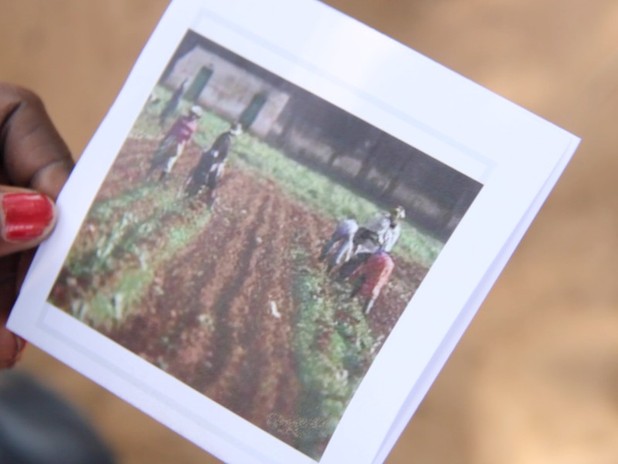June 26, 2014
To dive deeper into what really matters to small holder farmers, the IDEO.org team used a method called the Card Sort to understand their priorities when it comes to investing in their farm.
While working on post-harvest loss for smallholder farmers in sub-Saharan Africa, we wanted to understand how farmers perceived the issue of losing food they had grown due to spoilage before it could be sold or eaten. Instead of just asking farmers what they thought about this problem we used a card sort game to get a more nuanced picture. After using regular interviewing techniques to delve into how much food a farmer loses and why, we would ask farmers to put a set of illustrated cards in sequence of what they would invest in first.
What we did
First we created a number of different illustrated cards to choose from, such as water, fertilizer, pesticides, or more robust solutions like, cold storage, and transportation. This exercise was critical in helping us understand that although smallholder farmers seemed similar in terms of how much land they owned or farmed, they differed greatly when it came to their needs, priorities, and plans for the future.
By asking farmers to show us what they would invest in first to increase their financial stability, we were able to unearth the priorities that farmers have and how they believe they should overcome their limitations. By not being explicit in our questions (for example, avoiding a prompt like ‘What would help you conserve more food?’), we gave people the “space” to show us how they might road map their own future and what they believe the path out of poverty is.
What you’ll need
This method is incredibly easy to do, either using simple hand drawings or pictures of the scenarios you are trying to communicate. What’s important to consider is how you phrase your suggestion to the participants around prioritizing the cards. You want to make sure you are not getting just the obvious answers, but rather digging out deeper insight into what really matters to the people you are designing for.
What we learned
It became clear that the most vulnerable farmers were entirely focused on two things—-growing a bigger quantity of food and growing at a higher quality. Because they were so concentrated on these goals they saw little value in post-harvest loss technologies. This pattern clearly showed up across the spectrum of smallholder farmers, which ranges from unstable farmers, to slightly more stable, to significantly stable farmers.
Why it counts
This exercise helped to uncover a universal perception that is very culturally prevalent; people believe maximum benefit will be gained by growing and selling more food and do not consider the financial benefits that would come with conserving more of the food they’ve already grown. Because of this ‘blind spot’ post-harvest loss technologies have seen slow adoption rates among most smallholder farmers.



